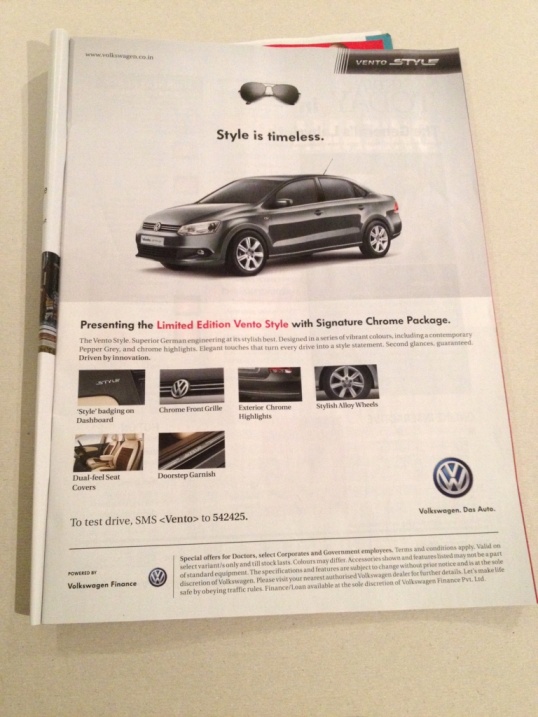There has been no shortage of landmark moments recently at Apple. In the past couple of years they have lost their talismanic leader, launched the (very poor at the time) Apple Maps, become the most valuable company in the world and have subsequently lost a third of that value. One thing they haven’t done though, is change the world.
We’ve all become used to a new iPhone being launched once or twice a year. We’ve been conditioned to expect a rolling six-month cycle of product upgrades, new features and, occasionally, a whole new, category-defining product.
However, after three years without launching a new product (iPad mini doesn’t count), people have become impatient. Apple watchers trawl through patent applications trying to guess what the engineers at Cupertino will come up with next. Others simply declare that Apple is no longer innovative.
Tim Cook needs a game changer
The oft-rumoured Apple TV set is still nowhere in sight. Talk of an iWatch seems to be the driven by little more than fanboy and fangirl dreams of what Apple could do to improve the Pebble. Meanwhile Google has stolen a march with Glass. It is becoming tech media consensus that Google is now the most innovative company around, some even say Google has the best designers.
All this puts into context the importance of yesterday’s Apple developer conference. Tim Cook needs a game changer, he needs an iPod, iPhone or iPad equivalent. And he needs it yesterday.
So what did we get? We got a very thorough, thoughtful redesign of an operating system. From colour palette to logic, iOS7 at first glance seems a very well designed upgrade. Crucially, it signals a new design direction.
Under the guidance of design-lead Jony Ive, Apple’s software design is becoming as simple as its hardware. We also saw the launch of a completely redesigned Mac Pro, out with the old clunky box and in with a new, much leaner cylinder.
Simplicity is the new watchword. And everyone knows that creating things that are simple to understand and simple to use takes time.
Expectations had clearly become so great that Apple could no longer deliver; no company could. When this happens, brands tend to falter, some brands fail entirely and collapse. Despite the conjecture about their ability to innovate, one thing Apple clearly has not lost is its confidence.
Tim Cook and Jony Ive have seemingly set out a new strategy. Apple is backing away from the tech trend of having products in perpetual beta that are continually updated. The pace of product launches will slow but development will not. Each new product is likely to see a thorough reworking, not just a better camera or faster chip. Yesterday Apple took the first step in resetting our expectations.
This article originally appeared here on the Huffington Post.


